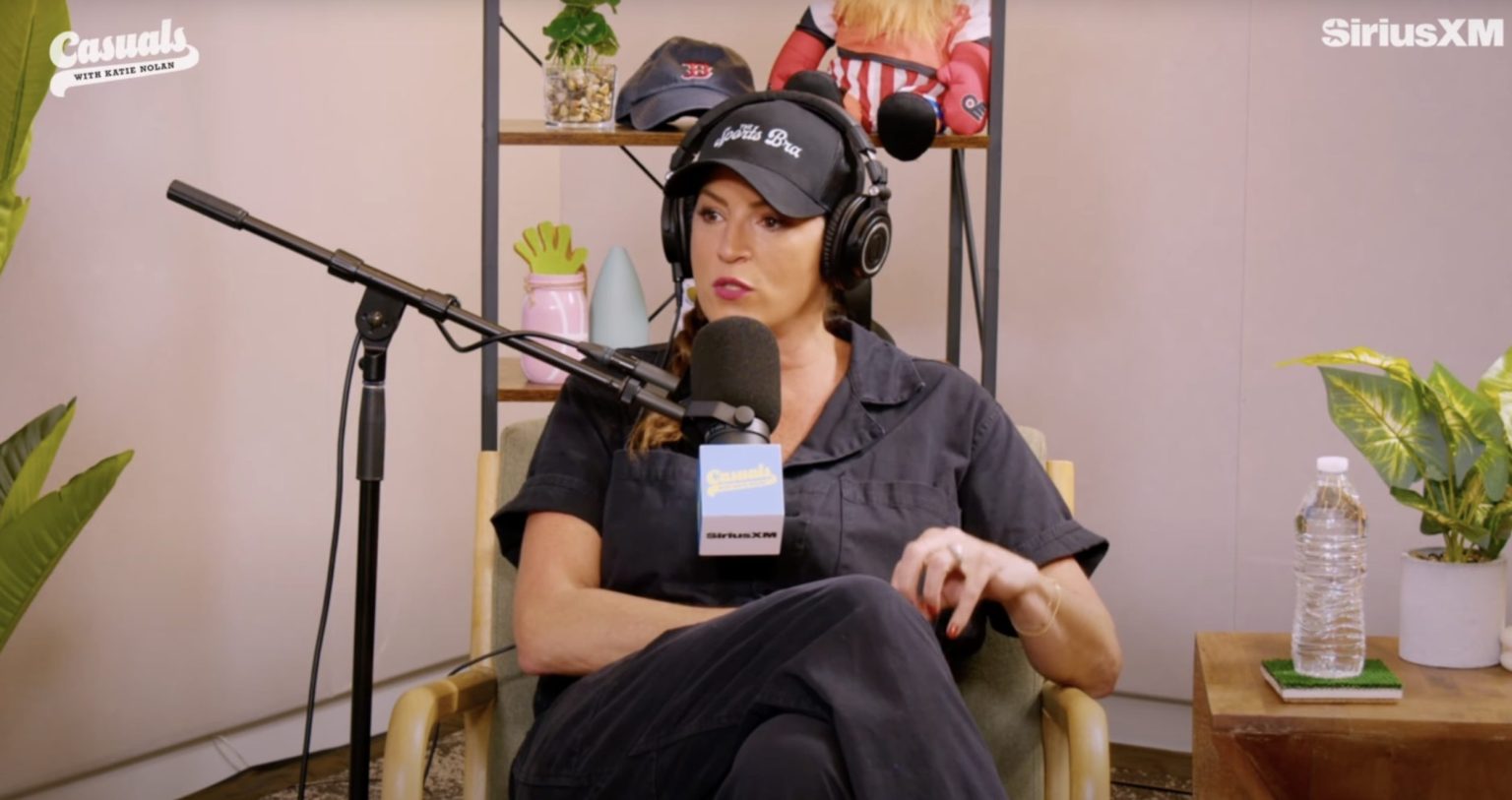Listen to the article
Women’s Sports Coverage Faces Critical Information Gap Despite Growing Popularity
Despite the unprecedented popularity of women’s sports stars like Caitlin Clark, Coco Gauff, and Trinity Rodman, comprehensive daily news coverage of women’s athletics remains startlingly scarce, creating an information vacuum that threatens the sustainable growth of leagues like the WNBA and NWSL.
Former ESPN host Sarah Spain highlighted this systemic problem during a recent appearance on the “Casuals” podcast with Katie Nolan, pinpointing what she calls “a failure of the media, over the course of the past however many decades, to invest enough in women’s sports so that there can be established, veteran, trusted voices.”
This information deficit creates multiple challenges for fans and media alike. Basic statistics, injury updates, and substantive analysis—staples of men’s sports coverage—remain remarkably difficult to find for women’s sports, forcing even established journalists to scramble for reliable data.
“When I was at ESPN, I often relied on facts and figures from external outlets,” Spain explained, noting that these resources simply don’t exist at the same level for women’s sports, leading producers and researchers to overlook women’s athletics in favor of men’s sports with more readily available information.
This void has serious consequences. Misinformation flourishes in the absence of authoritative sources, with fake quotes—particularly those falsely attributed to athletes like Angel Reese—spreading rapidly across social media with no easy way for fans to verify their authenticity.
“There’s a lot of misattributed quotes or fully made-up quotes. And because there’s nowhere to go to say, ‘Oh, she never said that,’ it just travels,” Spain said. She contrasted this with men’s sports resources like NBA Centel, where fans can quickly fact-check statements. “Where do you go for women’s sports to be sure that if it happened, it would be there?”
The problem creates a challenging environment even for dedicated women’s sports journalists, who find themselves navigating unexpected controversies rather than building the fundamental knowledge base fans need.
“It can be a barrier even to the people covering it, because there are landmines everywhere,” Spain noted. Reporters focusing on substantive coverage often inadvertently step into online controversies they weren’t aware of, finding themselves “accused of aligning with X or doing X” without understanding the context.
Spain has attempted to address this gap through her “Good Game” podcast and work with the iHeart Women’s Sports Network, which launched last year. On her show, she deliberately focuses on explaining “the stars, stakes, stats, and stories” of women’s sports events—basic contextual information that mainstream broadcasts often fail to provide.
“We don’t do that for women’s sports,” Spain observed about traditional media. “We tell you one story about a woman who plays and also helps in her community, and we’re like, ‘Don’t you want to watch the game now?'” This superficial approach fails to build the knowledge foundation that sustains fan engagement.
The current landscape has created an unusual dynamic among existing women’s sports fans, who Spain describes as protective of their space “that has been poisoned over and over again by people who have no interest in seeing it succeed.” This defensiveness can sometimes resemble the attitude of music fans who resent their favorite indie band becoming mainstream.
While some specialized outlets have emerged to fill this information void, and major networks have increased their investment in women’s sports coverage, the industry remains far behind the curve. Established journalists with institutional knowledge of women’s sports struggle to compete with content creators on platforms like TikTok and YouTube who may spread misinformation but have larger reach.
As women’s sports continue their ascent in popularity, Spain’s analysis suggests that building reliable, comprehensive information infrastructure is as crucial as broadcasting the games themselves. Without it, leagues risk losing new fans who cannot find the information they need to deepen their engagement with teams and athletes.
The sports media industry now faces the challenge of not just covering women’s sports more extensively but creating the fundamental information ecosystem that men’s sports have enjoyed for decades.
Verify This Yourself
Use these professional tools to fact-check and investigate claims independently
Reverse Image Search
Check if this image has been used elsewhere or in different contexts
Ask Our AI About This Claim
Get instant answers with web-powered AI analysis
Related Fact-Checks
See what other fact-checkers have said about similar claims
Want More Verification Tools?
Access our full suite of professional disinformation monitoring and investigation tools




28 Comments
Exploration results look promising, but permitting will be the key risk.
Good point. Watching costs and grades closely.
Exploration results look promising, but permitting will be the key risk.
Good point. Watching costs and grades closely.
Good point. Watching costs and grades closely.
I like the balance sheet here—less leverage than peers.
Interesting update on Sarah Spain Addresses Misinformation Challenges in Women’s Sports. Curious how the grades will trend next quarter.
Good point. Watching costs and grades closely.
Exploration results look promising, but permitting will be the key risk.
Good point. Watching costs and grades closely.
Good point. Watching costs and grades closely.
If AISC keeps dropping, this becomes investable for me.
Good point. Watching costs and grades closely.
Good point. Watching costs and grades closely.
Uranium names keep pushing higher—supply still tight into 2026.
Good point. Watching costs and grades closely.
If AISC keeps dropping, this becomes investable for me.
Good point. Watching costs and grades closely.
Good point. Watching costs and grades closely.
Silver leverage is strong here; beta cuts both ways though.
Good point. Watching costs and grades closely.
Good point. Watching costs and grades closely.
Silver leverage is strong here; beta cuts both ways though.
The cost guidance is better than expected. If they deliver, the stock could rerate.
Exploration results look promising, but permitting will be the key risk.
Good point. Watching costs and grades closely.
Good point. Watching costs and grades closely.
Production mix shifting toward News might help margins if metals stay firm.